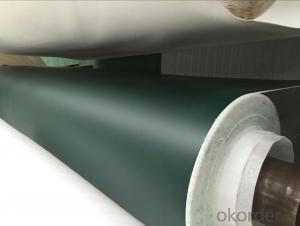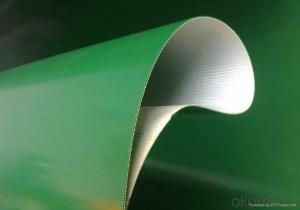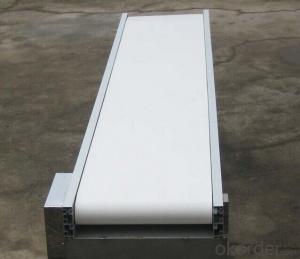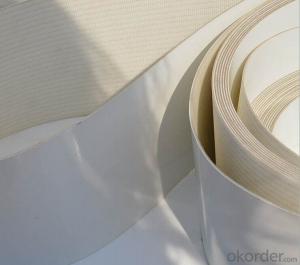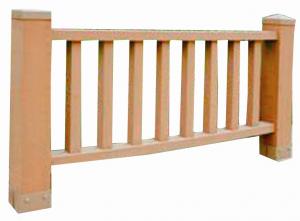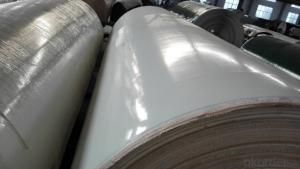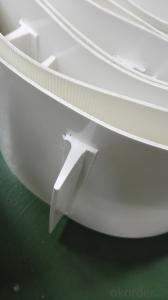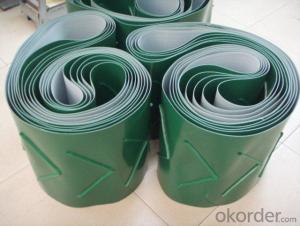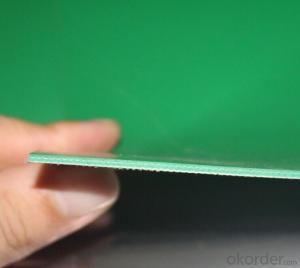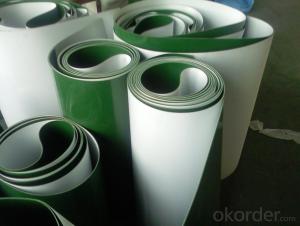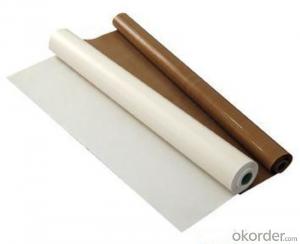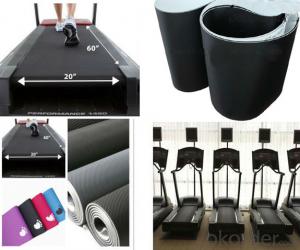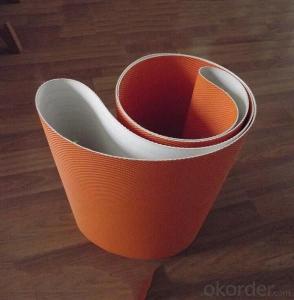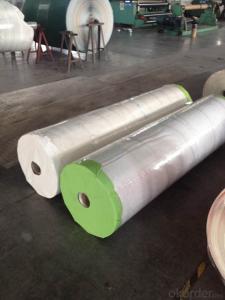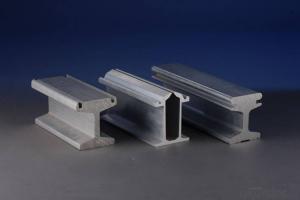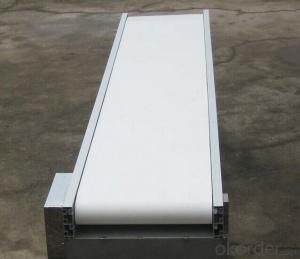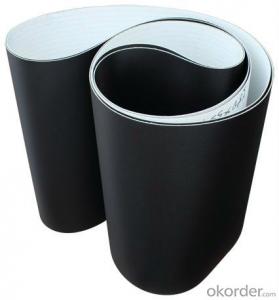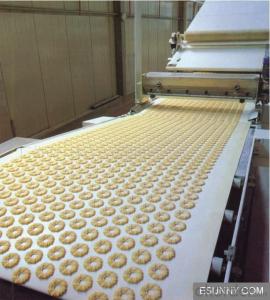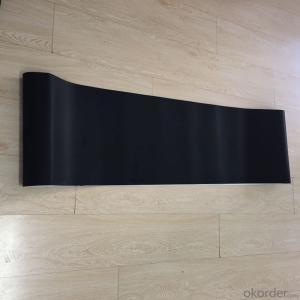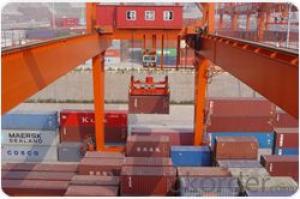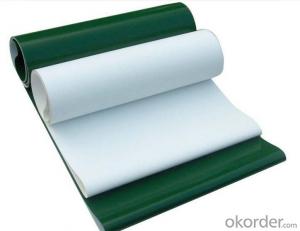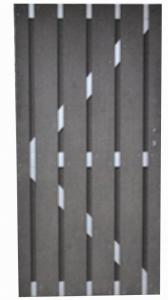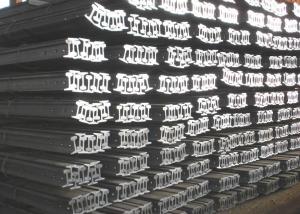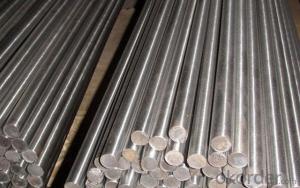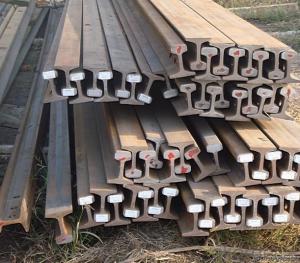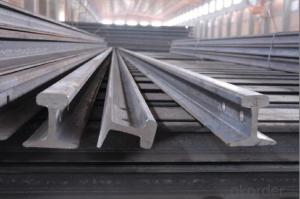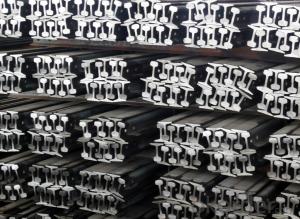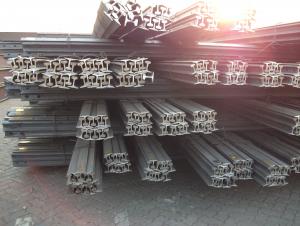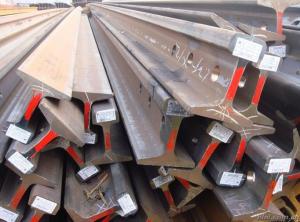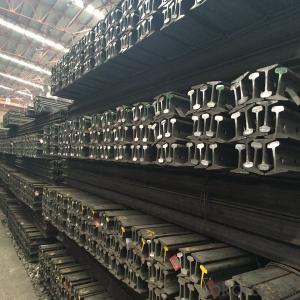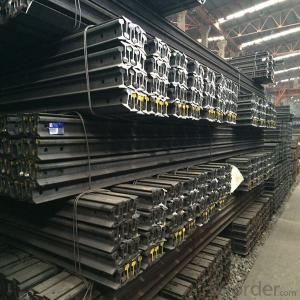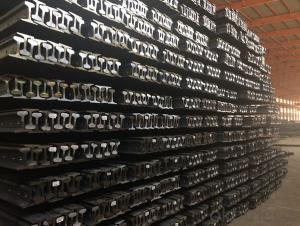Conveyor Rail
Conveyor Rail Related Searches
Geomembrana Pvc Precio Pvc Ceilings Gauteng Pvc Ceilings Flat Roof Window Installation Flat Roof Underlayment Portable Belt Conveyors Conveyor Belt Vulcanizing Press Africa Combine Harvester Belt Conveyor Belt IdlersHot Searches
Abrasive Belt Manufacturers Abrasive Belt Manufacturers Abrasive Belt ManufacturersConveyor Rail Supplier & Manufacturer from China
Okorder.com is a professional Conveyor Rail supplier & manufacturer, offers integrated one-stop services including real-time quoting and online cargo tracking. We are funded by CNBM Group, a Fortune 500 enterprise and the largest Conveyor Rail firm in China.Hot Products
FAQ
- Steel rails contribute to train noise reduction in several ways. First, steel rails are designed to be smooth and continuous, which helps in reducing the impact of wheels on the tracks. This reduces the vibrations generated by the train and subsequently decreases the noise produced. Additionally, steel rails are securely fastened to the track bed, ensuring stability and minimizing any potential rattling or shaking that could generate noise. Furthermore, steel rails are often treated with various dampening materials or coatings that absorb sound and vibrations, further reducing noise levels. Lastly, the use of steel rails allows for better control and alignment of the train, minimizing any unnecessary movements or disturbances that could lead to increased noise. Overall, the design and construction of steel rails play a crucial role in reducing train noise, resulting in a more pleasant and quieter experience for both passengers and nearby residents.
- Steel rails and train wheels interact through a process called rolling contact. The wheels, typically made of steel with a flanged outer edge, roll along the steel rails, which are composed of two parallel rails made of high-quality steel. The interaction between the two components is crucial for the safe and efficient operation of trains. The wheels and rails form a contact patch where the weight of the train is distributed. As the wheels roll along the rails, the force between them creates a frictional force that helps the train move forward. This friction is necessary to maintain traction and prevent slipping, especially during acceleration or braking. To ensure smooth operation, the wheels are designed with a slightly conical shape. This taper provides a beneficial effect known as self-steering or coning. It helps the wheels stay centered on the rails, allowing for better stability and reducing the risk of derailment. The coning effect is achieved by tapering the wheel profile in such a way that the wheel flange is slightly higher than the inner wheel surface. The interaction between the wheels and rails also generates significant forces. Vertical forces, caused by the weight of the train, are absorbed by the rails and distributed to the track structure. Lateral forces, resulting from the side-to-side movement of the train, are counteracted by the flanges on the wheels and the shape of the rails. These forces are critical for maintaining the train's alignment and preventing it from veering off the tracks. However, the contact between the wheels and rails also leads to wear and tear. The constant rolling contact can cause abrasion and deformation of both components over time. To mitigate this, regular maintenance and inspections are necessary to ensure the rails remain in good condition and the wheels are properly aligned. In summary, the interaction between steel rails and train wheels is a complex process involving rolling contact, friction, and forces. This interaction is essential for the safe and efficient operation of trains, enabling them to transport goods and passengers reliably over long distances.
- Yes, steel rails can be recycled after their useful life. Steel is a highly recyclable material, and old steel rails can be melted down and reprocessed into new steel products, reducing the need for virgin steel production and minimizing waste.
- Compared to other rail materials, steel rails tend to be pricier. This is mainly because of their higher production costs and their remarkable durability and strength. Steel rails are renowned for their capacity to endure heavy loads and harsh weather conditions, making them a favored option for railway infrastructure. Moreover, steel rails have a lengthier lifespan compared to materials like cast iron or concrete, which translates to less frequent replacement and maintenance, ultimately leading to reduced long-term expenses. Nevertheless, it is worth mentioning that the cost of steel rails can fluctuate based on factors such as market conditions, production methods, and raw material availability.
- Steel rails are protected from damage caused by rockslides through a combination of active and passive measures. Firstly, active measures include regular inspections and maintenance of the rail lines to identify and remove any loose rocks or debris that could potentially cause a rockslide. This proactive approach helps to prevent rockslides from occurring in the first place. In addition to these active measures, passive protective measures are also utilized. One common method is the installation of rockfall protection barriers or fences along the rail lines. These barriers are designed to absorb the impact of falling rocks and prevent them from reaching the tracks. They are typically made of strong materials such as steel or concrete, providing a physical barrier that deflects or stops rocks before they can cause any damage. Furthermore, in areas prone to rockslides, engineers may employ slope stabilization techniques such as rock bolting, meshing, or shotcreting. These methods help to secure loose rocks and prevent them from dislodging and falling onto the tracks. Another approach is the use of rockfall catchment areas or ditches strategically placed along the rail lines. These catchment areas are designed to collect and divert falling rocks away from the tracks, minimizing the risk of damage. Moreover, advanced technologies like ground monitoring systems are increasingly being used to detect potential rockslide hazards in real-time. These systems utilize sensors and geotechnical instruments to constantly monitor the ground conditions and provide early warnings if any signs of instability are detected. This allows railway operators to take immediate action, such as temporarily halting train operations or implementing speed restrictions, to ensure the safety of the tracks and prevent damage from occurring. Overall, a combination of active maintenance practices, passive protective measures, slope stabilization techniques, and advanced technologies are employed to safeguard steel rails from damage caused by rockslides. These measures are crucial in maintaining the integrity and safety of railway lines, minimizing the risk of accidents and disruptions caused by rockslide incidents.
- Yes, steel rails can be affected by electromagnetic fields, particularly when exposed to strong and fluctuating electromagnetic forces. Electromagnetic fields can induce electrical currents in the steel rails, leading to various effects such as heating, magnetic interference, and potential safety concerns. Proper grounding and shielding measures are often employed to minimize the impact of electromagnetic fields on steel rails in order to ensure safe and reliable railway operations.
- Steel rails are protected against extreme temperatures through a process called thermal expansion and contraction. Steel has a high coefficient of thermal expansion, so it expands and contracts with temperature changes. To accommodate this, gaps are left between individual rail sections, allowing them to expand and contract without buckling or warping. Additionally, rail materials are carefully chosen to withstand temperature variations and reduce the risk of damage.
- The common causes of rail failures in steel rails can be attributed to factors such as excessive wear and fatigue, improper maintenance, manufacturing defects, and external factors like extreme temperature changes and heavy loads. These issues can lead to rail cracks, fractures, and breaks, compromising the structural integrity of the rail and posing safety risks.
